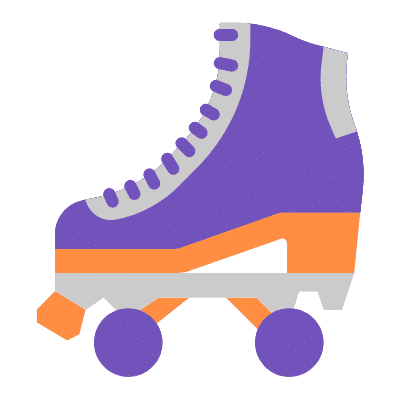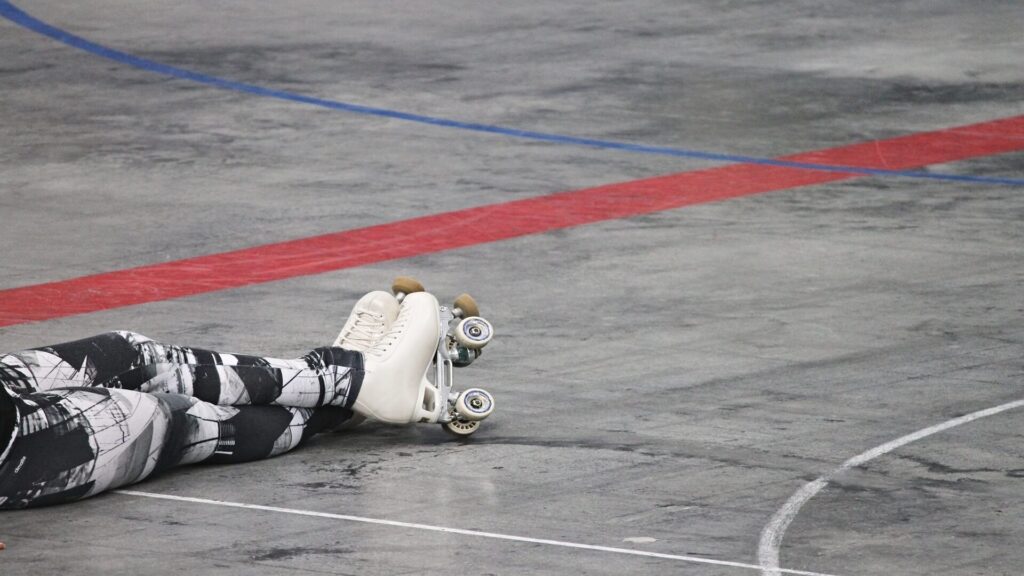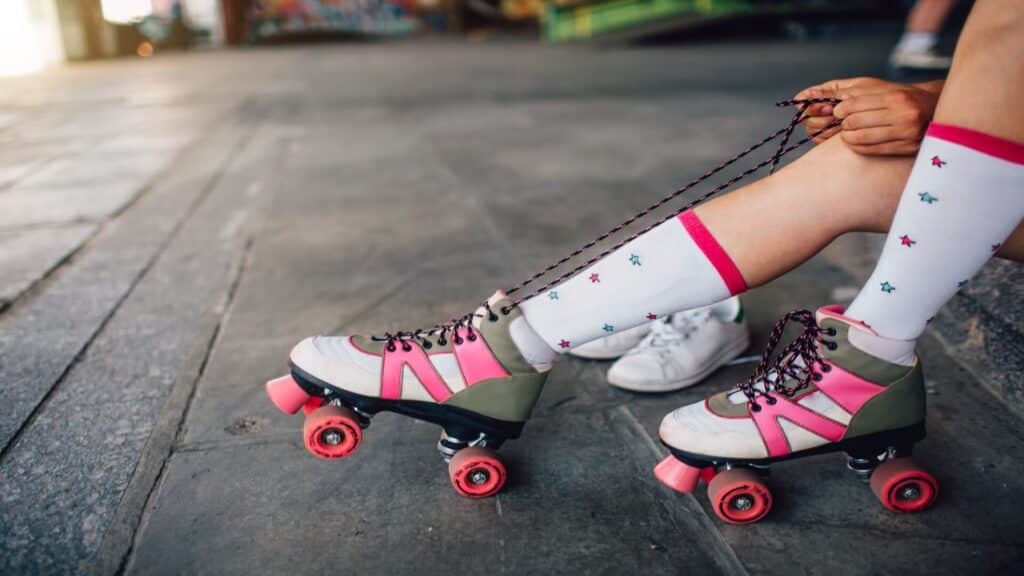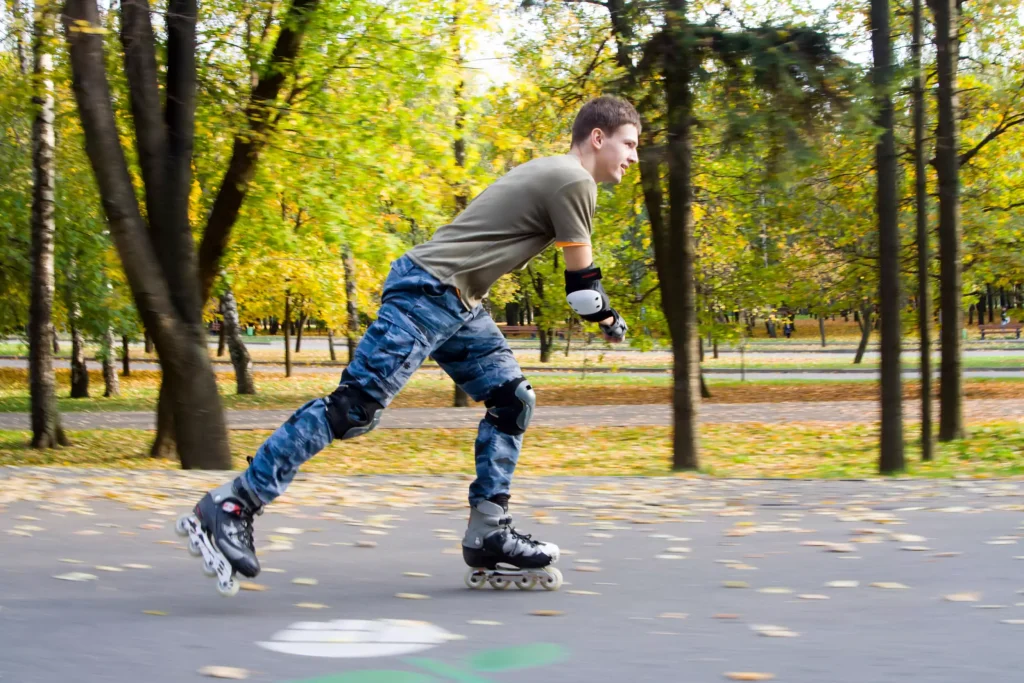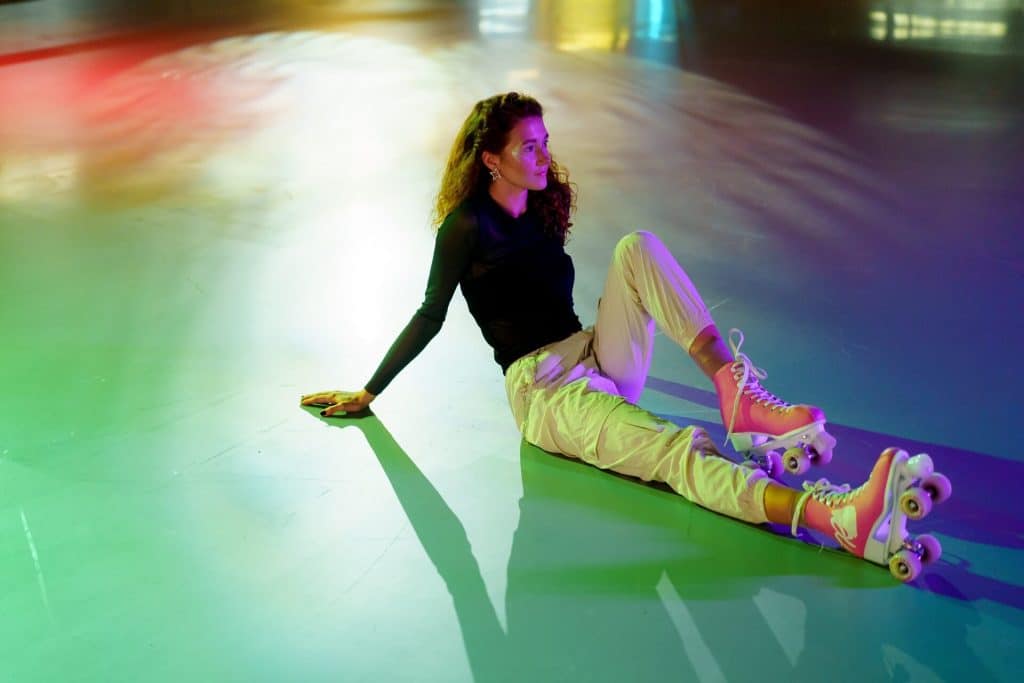TRoller skates have been a popular recreational and sports activity for decades, and their appeal shows no signs of waning. Understanding the roller skate anatomy is essential for both beginners and seasoned skaters alike, as it enables you to make informed decisions when purchasing, maintaining, or upgrading your skates.
In this article, we will dive into the intricacies of roller skate anatomy, exploring each component’s role and significance.
Table of Contents
- The Roller Skate Anatomy: An Overview
- Boots: The Foundation of Comfort
- Plates: Connecting the Boot to the Wheels
- Trucks: The Steering Mechanism
- Wheels: Rolling on Different Surfaces
- Bearings: Keeping the Wheels Spinning
- Toe Stops: Braking and Stability
- Laces: Securing the Fit
- Cushions: Fine-Tuning Your Ride
- Conclusion
The Roller Skate Anatomy: An Overview
The roller skate anatomy consists of several key components that work together to provide a smooth and enjoyable skating experience. These components include the boot, plates, trucks, wheels, bearings, toe stops, and laces. Each part plays a crucial role in the overall performance and comfort of the skate. Let’s take a closer look at each of these components.
Boots: The Foundation of Comfort
The boot is the most visible part of the roller skates and serves as the foundation for your feet. It is designed to provide both support and comfort while you skate. Boots come in various materials, such as leather, synthetic leather, and vinyl, and can be either low-cut or high-cut.
Low-cut boots offer more flexibility, making them suitable for speed skating and jam skating, while high-cut boots provide more ankle support, ideal for artistic and recreational skating.
Plates: Connecting the Boot to the Wheels
Plates are an essential component of roller skates, as they connect the boot to the wheels and trucks. They are typically made from metal, such as aluminum or magnesium, or high-strength plastic, like nylon.
Metal plates are more durable and provide better energy transfer, while plastic plates are lighter and more affordable. Plates also have a kingpin, which is an angled rod that connects the plate to the trucks.
Trucks: The Steering Mechanism
The trucks in roller skates are responsible for steering and turning. They consist of a hanger and a pivot cup, which allows the truck to swivel when you lean on your skates.
The tightness of the trucks can be adjusted using a kingpin nut, with tighter trucks offering more stability and looser trucks allowing for easier turns. It is essential to find the right balance between stability and maneuverability for your skating style.
Wheels: Rolling on Different Surfaces
Wheels are an essential part of roller skates, as they enable the skates to roll smoothly on various surfaces. They are made from polyurethane, which provides excellent grip and durability.
Wheels come in different sizes, hardness levels, and profiles, each designed for specific skating styles and surfaces. Larger, softer wheels are more suitable for outdoor skating and rough surfaces, while smaller, harder wheels work better for indoor skating and smooth surfaces.
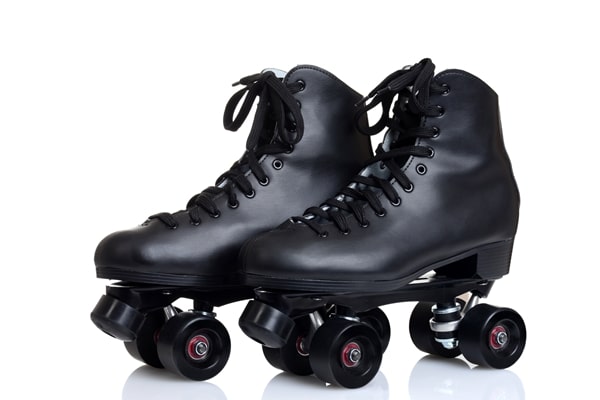
Bearings: Keeping the Wheels Spinning
Bearings are a crucial yet often overlooked component of roller skates. They are small, circular devices that fit inside the wheel hubs and enable the wheels to spin smoothly and efficiently.
Bearings are rated using the ABEC scale (Annular Bearing Engineering Committee), with higher ratings indicating better precision and efficiency.
However, it is essential to note that this scale does not account for factors such as durability and skate-specific design, so it should not be the sole determinant when choosing bearings.
Toe Stops: Braking and Stability
Toe stops are a vital part of roller skates, as they provide skaters with a means of braking and additional stability. They are usually made from rubber or polyurethane and can be either adjustable or non-adjustable.
Adjustable toe stops allow you to change their height, offering more customization for your skating style, while non-adjustable toe stops are typically more durable and require less maintenance.
Choosing the right toe stop depends on your skating preferences and the type of skating you primarily engage in.
If you wish to read more about what’s the point of toe stops? click on the link and find out!
Laces: Securing the Fit
Laces might seem like a minor part of the roller skates, but they play a crucial role in ensuring a snug and secure fit. They come in various materials, lengths, and styles, with some offering more stretch and others providing a firmer hold.
When selecting laces for your skates, consider factors such as durability, ease of tying, and the level of support you desire.
Not sure how long should roller skate laces be? click on the link and discover!
Cushions: Fine-Tuning Your Ride
Cushions, also known as bushings, are another essential component of roller skates. They are small, rubber-like pieces that fit between the truck hanger and the kingpin.
Cushions allow for better energy transfer when leaning into turns and provide a smoother, more comfortable ride. They come in varying hardness levels, with softer cushions offering more responsiveness and harder cushions providing more stability.
It’s essential to find the right balance between responsiveness and stability based on your skating style and preferences.
Conclusion
Understanding the roller skate anatomy is the first step toward making informed decisions when purchasing, maintaining, or upgrading your skates. By familiarizing yourself with the various components and their functions, you can ensure that your skates are well-suited to your needs, preferences, and skating style.
Whether you’re a beginner or a seasoned skater, taking the time to learn about roller skate anatomy will undoubtedly enhance your skating experience and help you get the most out of this exciting and enjoyable activity.


